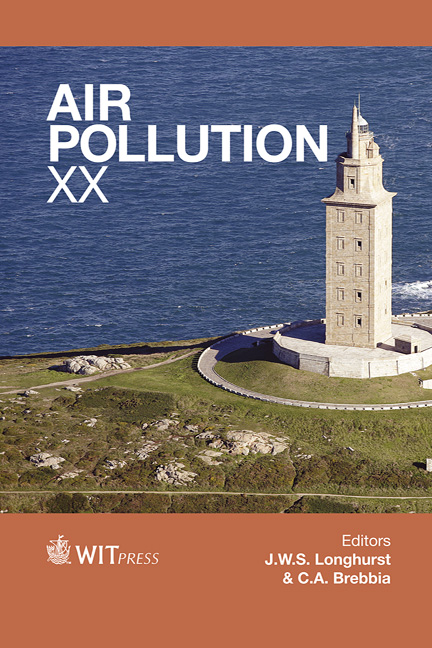Air Quality Policy And Scientific Research In Southern Africa
Price
Free (open access)
Transaction
Volume
157
Pages
13
Page Range
151 - 163
Published
2012
Size
391 kb
Paper DOI
10.2495/AIR120141
Copyright
WIT Press
Author(s)
N. A. Kgabi
Abstract
The purpose of this study was to review the current air quality legislation in three southern African countries (South Africa, Zambia, and Zimbabwe) and assess their implementation based on provision for identification of criteria pollutants for a country, setting air quality standards, establishment, coordination and maintenance of air monitoring stations, availability of data on specific pollutants, and regulation of major sources. The linkage between scientific research and the legislation was assessed based on the availability of published data on SO2, NO2, and O3 concentrations within Southern Africa. The three countries do not regulate monitoring methods for specific pollutants, however, South Africa has evidence of identification of criteria pollutants, air quality standards, identification of high priority areas, a centrally coordinated monitoring and reporting system, and the air quality data is accessible to the ordinary citizens and to the research community. Keywords: air quality legislation, ambient air monitoring, Southern Africa, Zimbabwe, Zambia, South Africa. 1 Introduction Whereas there is a need and a critical role for ongoing fundamental science-led research, the realities of the continent require a pragmatic, user-focused approach to real-world problem solving and priority setting. A well-functioning set of science–practice–policy interfaces is therefore essential to ensure that what is known is swiftly negotiated, debated, and efficiently applied [1]. A total of 64,000 kt of pollutants were emitted in the seven Southern African Development Community (SADC) countries in 2000. Carbon monoxide was the
Keywords
air quality legislation, ambient air monitoring, Southern Africa,Zimbabwe, Zambia, South Africa.





